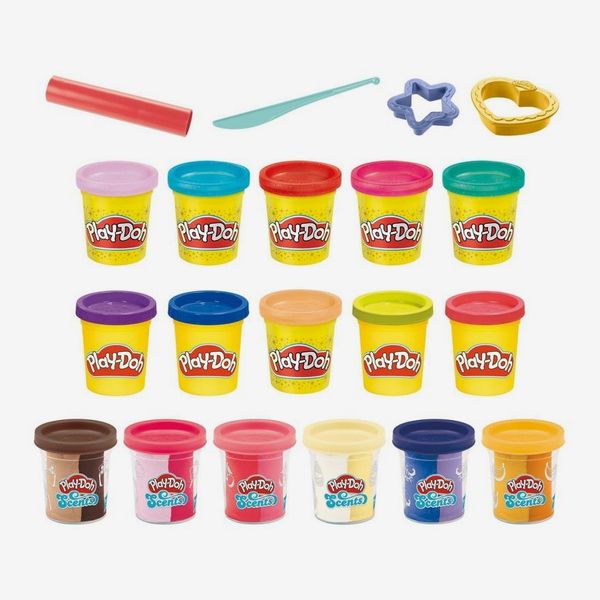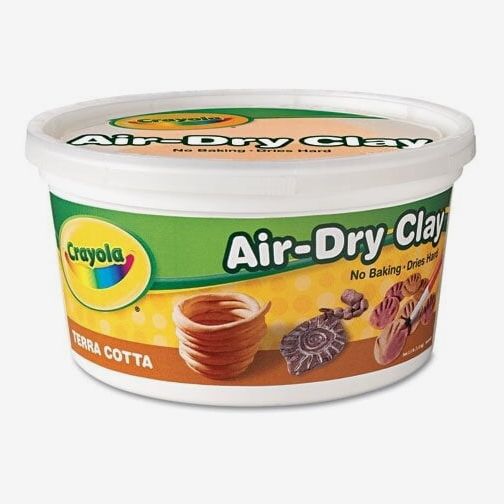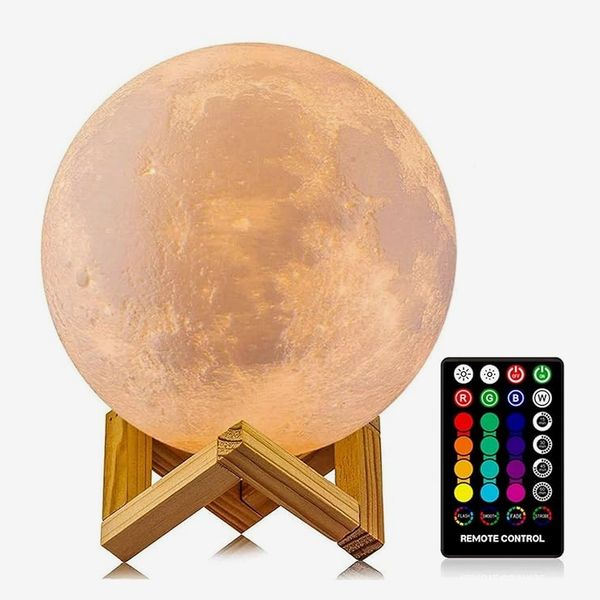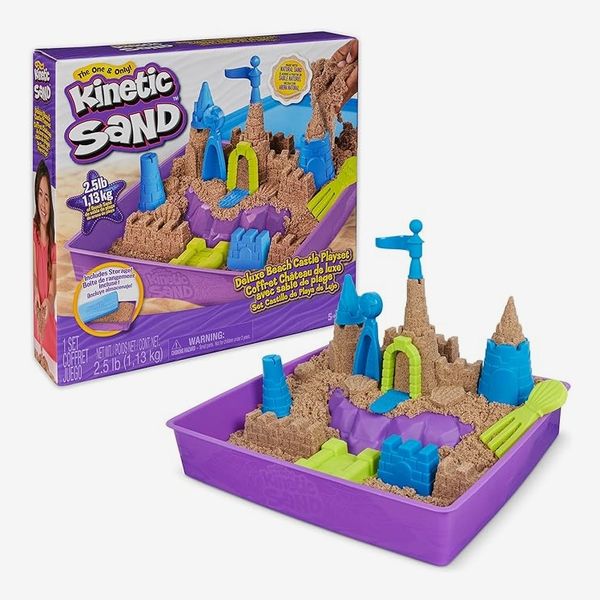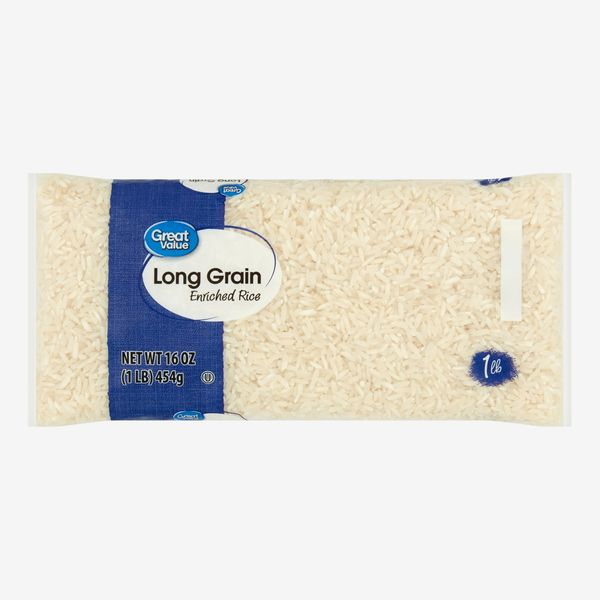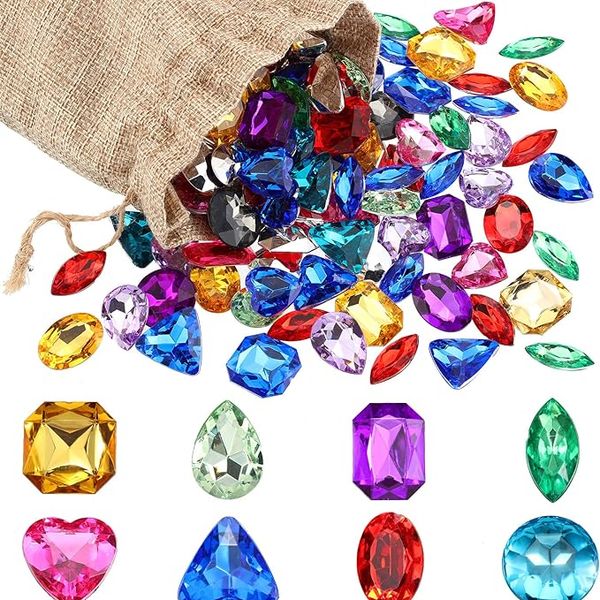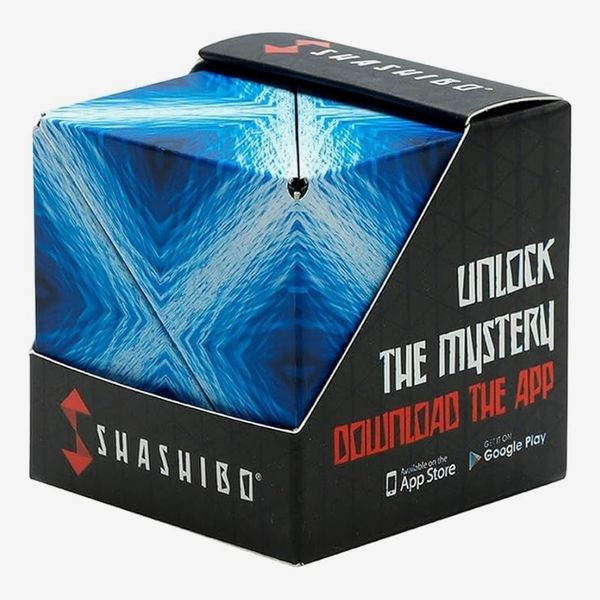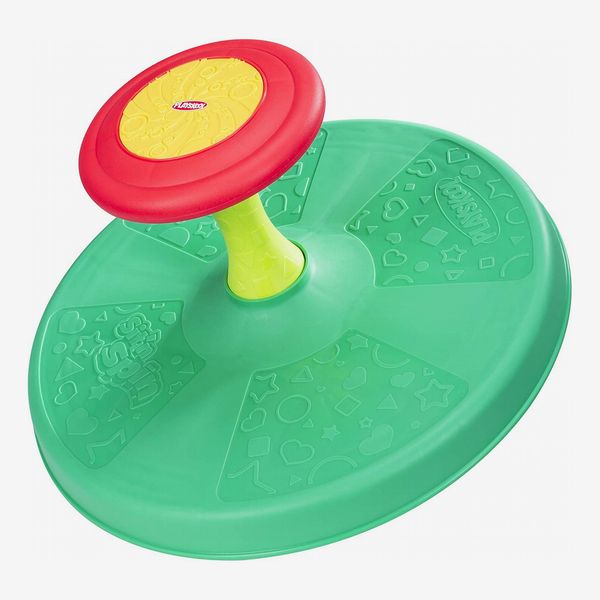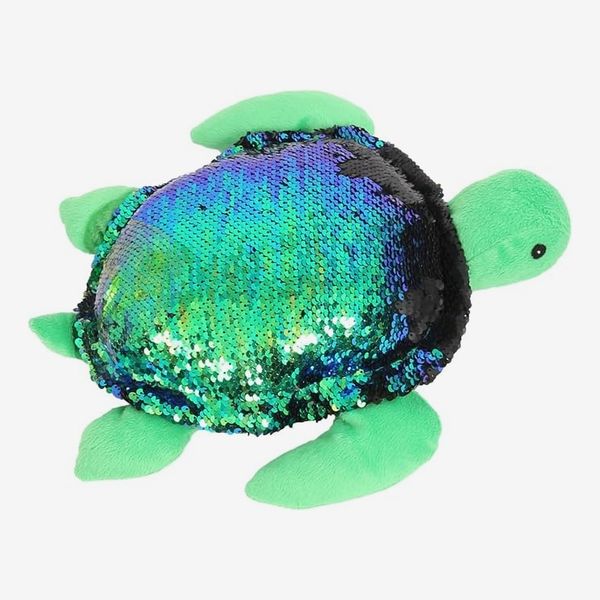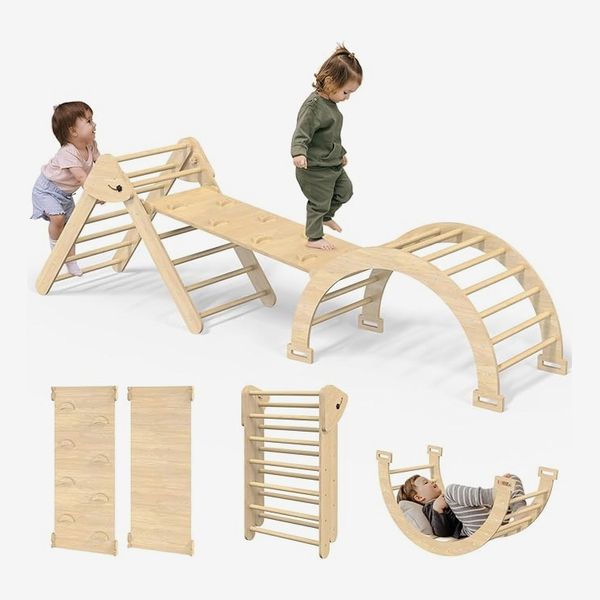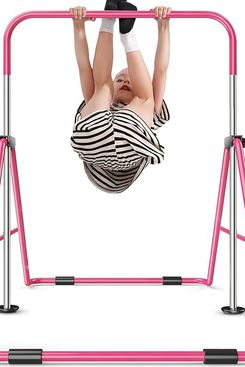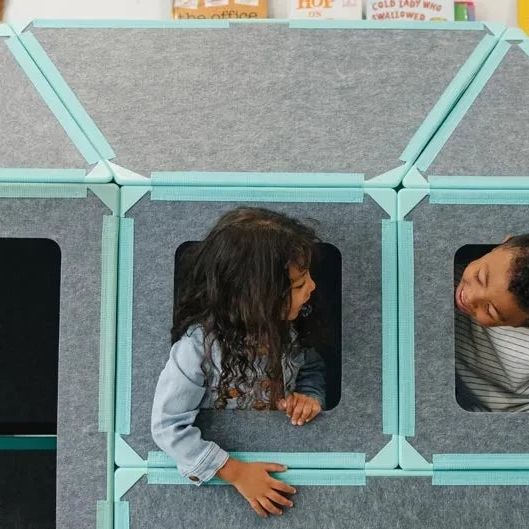
In this article
Senses are how we engage with the world around us. And for kids, who are frankly pretty new to being in the world at all, sensory engagement is important for cognitive development — whether they’re practicing fine motor skills or learning to navigate their bodies through a given space. On the one hand, kids don’t need any toys at all to have enriching sensory experiences; anyone can go dig outside in the dirt or make imaginary potions from water and soap. But on the other hand, there are lots of excellent toys out there that will take kids’ sensory engagement to the next level: “If you’re alive, you have senses. You interact with the world. And so your play is just going to be sensory by nature,” says occupational therapist Kelsie Olds. “So it’s just finding ways to enhance that ‘delight’ aspect,” say, by giving kids something squishy to touch, or encouraging them to make noise in a way they haven’t had the freedom to do before.
To find the best and most giftable toys that will indulge kids’ senses, I spoke to Olds and other childhood-development experts, collected recommendations from parents, and combed through our archives for toys that engage kids’ sense of sight, sound, touch, and everything in between. And since many of these toys work for multiple ages and engage multiple senses, I’ve organized them by price while noting their target age groups and senses where relevant. And don’t forget to check out the rest of our gift guides for everyone else on your shopping list.
$10 and under
This push-and-pop-able silicone button toy is appropriate for babies as young as 6 months old, and the smaller fidget-friendly keychain version has appeal for kids of all ages. Strategist senior writer Liza Corsillo says the keychain keeps her 2-year-old son entertained during subway rides.
For another type of fidget gift, Brooke Meredith, senior director of concert solutions at Vox Media, recommends these spiky rings, which she says her two kids constantly play with. Because of the spikes, just wearing one of the rings provides tactile stimulation, but kids can also fidget with them in a variety of ways, like stretching, rolling, or rotating.
Board books with touch-and-feel elements make for a tactile experience while reading. Meredith says her toddler has loved this Ocean Friends board book since she was about 8 months old. She loves experiencing how the different textures feel, including nubby silicone and flippable sequins, Meredith says. For other sensory board-book options, senior editor Winnie Yang recommends Melissa & Doug’s Poke-a-Dot book series, and senior editor Jen Trolio recommends Rhymoceros, whose pictures have a variety of different textures that her two daughters loved to touch when they were younger.
Play-Doh is a classic for a reason. “As an occupational therapist, I love Play-Doh in general because it’s so good for working on hand muscles and bilateral coordination, which is when you have to use two sides of your body to do something at the same time,” says Olds.
To engage multiple senses at once, consider scented (and sparkly) Play-Doh. “I have a daughter who’s super sensory-seeking — and even smells-seeking — and it’s hard to find toys that have to do with that,” Olds says. Olds appreciates that the scented Play-Doh is still hands-on, in addition to being scented. And while all Play-Doh is nontoxic, she recommends saving this variety for kids who are old enough to understand they shouldn’t eat it.
Librarian and content creator Hayley DeRoche says her kids prefer Crayola’s Air Dry clay, since they can keep their creations after they dry. The clay is soft and easy to work with, and it doesn’t require baking to set it: Just let your clay creations dry for about 72 hours and they’re good to go. My sister and I spent a lot of time sculpting with this exact clay as kids; we always liked to buy this plain white version so we could paint it any color after drying, but it also comes in terra-cotta, blue, yellow, and red. (Note that Crayola also makes a similar product called Model Magic, which is available in more colors but doesn’t harden as much and will still be somewhat flexible after it dries.)
Several parents I spoke to recommended the NeeDoh Nice Cube, a stress-ball-type toy that feels cool to the touch and can be squished, stretched, and smushed in all directions before returning to its original shape. Rachel Coler-Mulholland, professor of psychology at the University of Minnesota Morris and licensed professional counselor, also says the NeeDoh is a great fidget toy for kids who struggle to focus because it can help them “direct kinetic energy while they are trying to work or study.” And for the littler kids, squishing and molding the cube can help build hand strength, too.
“Adding color or visual interest to self-care things is a great way to add delight into those self-care things,” says Olds. And since bath bombs are often scented, they engage both the visual and olfactory senses. Trolio likes Two Sisters’ bath bombs, many of which are oriented toward kids (and sometimes even have toys or other surprises hidden inside). Writer Regan Stephens recommends Lush bath bombs for kids of different ages, since they can delight younger kids without seeming babyish to older kids.
Is there anything more “sensory” than a squishy, slimy putty that makes fart noises? (Thankfully, it makes sounds but not smells.)
$25 and under
When thinking of sensory toys, don’t forget to engage kids’ sense of sight, too: “I like for kids to have access to some way that they can make the lighted environment more visually interesting,” Olds says. They can use the remote for this LED moon lamp to change the colors on their own, and cycling through the different light settings will introduce them to thinking about the qualities and colors of light.
Like bath bombs, Olds recommends bathtub crayons as a way to bring some visual engagement into bath time for younger kids. These beeswax crayons are nontoxic and easy to wash off both the tub and the kids.
“Bubbles in all forms are just a visual delight,” says Olds. Watching them float is also a great way to practice visual tracking, which “is really good for the skills that kids need to be able to read, to follow a whole page of notes from the beginning to the end,” Olds explains. It’s a particularly important skill to work on in the digital age, because when kids are watching a screen, the media moves in front of them, rather than them having to track it physically with their eyes.
Bubbles are also an open-ended toy that kids can play with in lots of different ways, whether simply enjoying their iridescence or experimenting with different methods of blowing bubbles, creating tools to make different bubble shapes, or mixing their own bubble solutions.
If you’ve spent any time around kids in the last few years, you are likely well aware of how popular slimes and putties are. But some are better than others — both in kids’ and parents’ eyes. Crazy Aaron’s is popular among kids because of the tactile experience and the huge assortment of styles (including glow-in-the-dark, bead-filled, magnetic, and glitter putties). As a parent, DeRoche also likes that it isn’t too sticky and comes in a tin that makes it easy to transport and store. “I don’t personally travel with slime, but children do, and [Crazy Aaron’s] doesn’t get goopy,” she says.
There’s no shortage of other slimes that come in a huge range of textures, scents, and colors, or that have beads or toys mixed in. For an even more hands-on approach, you could also gift a slime-making kit. Elmer’s sells preassembled kits to make a variety of slime types, or you could even DIY your own kit with all the ingredients you need to make slime.
Trolio says her 6-year-old daughter loves building with these squishy, sticky cubes. Each one is like a pixel, with the texture of a stress ball, and they can be stacked or arranged into any shape or design kids can imagine. “At first they seemed like they might be a nightmare, because I envisioned them picking up a lot of fuzz and hair and finding them on my walls,” Trolio says, but she was pleasantly surprised to find they are easy to clean and that they maintain their stickiness well without leaving residue on hands or other surfaces in her home. The container even has a built-in strainer, so you can simply rinse the cubes in water, shake them with a little dish soap, and strain out the water.
These flexible tubes, recommended by Yang, are an open-ended toy that kids can play with in lots of different ways. They can be endlessly scrunched, squished, and bent — and they make a satisfying pop noise as they are physically manipulated. Plus, the tubes can be easily connected to one another, so kids can build and create whatever they can imagine.
Weighted blankets and pillows are well-known sensory items and therapeutic tools for kids, but Olds likes weighted stuffed animals as a more fun alternative that provides the same sensory experience without feeling clinical. “There’s less of, ‘This is your medical equipment,’ and more of, ‘This is your bear,’” Olds says. Even for kids who aren’t in a formal therapeutic setting, the pressure of weighted items can be calming. The weighted plushies from Target’s Pillowfort line are particularly cute and huggable — so much so that I sleep with one every night, even though they’re ostensibly designed for kids.
Using the rope handle for resistance, kids can stomp around atop these bucket stilts — fantastic kinesthetic play for helping kids practice balancing, gross motor skills, and sensing where their body is in space, says Coler-Mulholland. And since the stilts have adjustable straps, they can grow with your child.
Multiple parents recommended kinetic sand as one of their kids’ all-time favorite sensory toys (I believe it; when I was a kid, I always wanted to stick my hands in the kinetic sandbox at the Brookstone store in the mall). Unlike natural sand, it sticks and clumps together, which both makes it great to mold with and gives it a unique handfeel. DeRoche says her kids love to make different shapes and designs with their kinetic sand, and so long as it’s properly stored in a tub or container, she says it doesn’t make a big mess. And according to Olds, scooping and digging with sand is great low-stakes, trial-and-error play for kids to practice motor skills, understand the physics of different objects, and estimate the volume of containers. Trolio adds that it’s fun for a variety of ages: She says her “little girl gang of three nieces and two daughters,” who range from ages 2 to 9, all enjoy playing with Kinetic Sand together.
Playing with water is another way for kids to practice motor skills and gain understanding of the world around them. This play sink — which is functional, when filled with water — adds on an element of pretend play, so kids can model tasks they see adults doing. Trolio says it’s easy to set up and generally only needs a bath towel laid out underneath to control any potential mess.
Not only are these classic spinning toys a visual treat, but “The physical action of having to control the wheel via a secondary method — moving the arm and wrist — along with watching the motion, is great physics experimentation,” says Coler-Mulholland.
In addition to the scented Play-Doh above, Olds recommends this Feeling Friend for kids who are smell-seeking. The fuzzy little critter has a port to add a few drops of an essential oil to give it a scent of your choice. It’s also slightly weighted, for another sensory element, and is available in a larger, stuffed-animal size or this smaller keychain size. Olds says the keychain version can be especially helpful for taking advantage of the connections between smell and memory to help kids feel safe when they’re away from home.
Sequin pillows are one of Olds’s favorite touch-focused toys. Because kids can flip the sequins by sweeping their hands over them, they make for a great fidget. And because the sequins have different colors on each side, kids can see which sequins they’ve flipped and even draw letters and designs into them with their fingers.
If you’re interesting in DIY-ing a gift, Trolio says the “sensory bins” she made for her daughters and nieces a few Christmases back were a big hit with all the kids. She filled clear plastic bins with either beans or glass pebbles, depending on their ages, and then added small toys, measuring cups, tongs, and other things to play with. The Kinetic Sand above could also work as the fill for a “sensory bin.” Olds is also a fan of this kind of play and recommends adding polished stones, fake gems or gold coins, and plastic animals. She says this kind of “loose parts play” engages kids’ imagination and creativity as well as their senses, as there’s no prescriptive or “right” way to play.
$50 and under
But if you’re not the DIY type, there are plenty of craftier people on Etsy who make preassembled sensory bins with a variety of themes.
For the auditory senses, Olds recommends giving kids real instruments, such as shakers and maracas. It’s a more interactive way for them to explore music and sound, compared to toys that sing or play music on their own. This mixed set — with banana, egg, and salt-and-pepper shakers — is especially inviting to play with. And for noise-sensitive parents, Coler-Mulholland says shakers are a “great way to help kids develop a sense of rhythm without being a full-on audio assault.”
This beginner set of bongos would be another great instrument option for kids to experiment with (though notably noisier than the shakers).
Swings are great for play that engages kids’ vestibular systems, the sensory system in the inner ear that informs a sense of balance and position in space. KC Davis, licensed professional counselor and author of How to Keep House While Drowning, likes this swing because of the variety of ways kids can use it: They can swing back and forth, spin, or even just sit in the swing for a compressive feeling from the Lycra fabric cocooning around them.
Somewhere between a fidget toy, puzzle, and an art project, the Shashibo is a plastic cube that can be remixed into more than 70 different origami-like shapes, like a more creative alternative to a Rubik’s Cube. It’s connected by magnets, making it easy to endlessly reconfigure for anyone who likes to keep their hands busy.
This modular activity board, recommended by Corsillo, comes with an array of magnetic tiles that can be mixed and matched in any arrangement. Each tile features an activity like gears, dials, buttons, or switches for kids to manipulate, and they can be rearranged or removed from the board if you just want to take a couple with you on the go.
[Editor’s note: The PlayTab is currently sold out, but you can sign up to be notified when it comes back in stock.]
Spinning is another great source of vestibular input, Olds says, and a sit-and-spin style toy is especially beneficial because it’s a vestibular input that kids can control for themselves. For younger kids, we recommend the classic Playskool Sit ’n’ Spin, which is best suited for kids from 18 months to 5 years old (and has a 42-pound weight limit).
$100 and under
For older kids, Davis recommends this seated spinning toy that’s slightly larger than the Playskool version. It’s designed for ages 3 and up, but because it has a 99-pound weight limit, it can be enjoyed by bigger kids too.
For a different angle on spinning, literally and figuratively, Trolio recommends this spinning carousel. Unlike the sit-and-spin toys above, this spinner is tilted so that it shifts the child’s center of gravity and continuously propels the spinning motion.
Aside from making their own music by playing instruments, Olds says it’s also beneficial for kids to listen to music for sensory engagement. She likes a screen-free, kid-specific music player like the Yoto Player, so kids can freely listen without parents worrying about what exactly they’re listening to.
The Yoto is Wi-Fi-enabled but doesn’t have to be connected to the internet to work — one option that kids have is to play audio by putting a card into a slot. The cards are similar in size and weight to a credit card, and each contains a specific audio selection, including music, audiobooks, and guided meditations. You can also buy blank “Make Your Own” cards to load with your own .mp3 files.
For a different take on the sequin pillow, this shimmery turtle is a delightful (albeit more expensive) option. It weighs about four pounds, so it can pull double duty as a weighted stuffed animal, too.
For vestibular sensory input, Davis also recommends a Pikler Triangle set. “Allowing kids to climb and use all those muscles in their bodies is a good way to get energy out, but in a way that you can do inside your house,” she says.
The pieces in this set, which is designed for kids from 18 months to 3 years old, can be set up and remixed in a variety of ways — for example, the half-circle piece can be flipped upside down to function like a rocking boat. It also packs away relatively easily, since the pieces aren’t permanently connected.
For bigger kids, Davis recommends a gymnastics bar. Like the Pikler Triangle set, it’s an open-ended toy for kids to explore different movements, and it folds up for easy storage. Davis especially likes it for kids who are frequently seeking movement, even during typically sedentary activities like watching TV.
Davis also likes small, indoor trampolines for kids who constantly want to bounce and move. Compared to large outdoor trampolines, Davis says these smaller versions are not only more affordable but safer — only one kid can bounce at a time, and parents can keep a closer watch. The Ativafit is a good choice for younger kids, while the Giantex is a better option for kids over 4.
Over $100
Pediatric physical therapist KC Rickerd recommends these wooden balance beams, which you can use to set up obstacle courses for toddlers to navigate. They also pair well with a Pikler Triangle set, or with Growgo’s stepping-stone set, below, to create more elaborate courses.
While small building toys are great for tactile and visual stimulation, Olds says giant building toys can nurture kids’ proprioception, or the sense of their body in physical space. That deep body sense comes from receptors in the muscles and joints, as opposed to tactile sensation, which comes from receptors in the skin, Olds explains. The lifting and moving involved in large-scale building — or even the impact of crashing into the completed structure to destroy it — helps to bolster this proprioceptive sense.
Both Trolio and toy developer Youngna Park recommend this Super Space building set, which they say are basically supersize Magna-Tiles. The pieces are made from rigid felt with magnetic edges, so kids can build all sorts of mega creations.
Another kind of proprioception comes through impact — including jumping, bouncing, running, and even crashing into things. Olds says crash pads are great for kids to engage this sense in a safe way. Some brands sell crash pads specifically designed for kids, such as the Milliard one above. Or for something especially heavy-duty, consider a crash pad designed for rock climbing, like the Black Diamond one. Olds also says you can DIY one by stuffing pillows into a duvet cover, while Trolio recommends this Yogibo beanbag chair because it’s good for “crashing” on multiple levels — “one minute my kid’s lying on it and reading, the next they’re running and doing somersaults into it,” she says.
The Strategist is designed to surface useful, expert recommendations for things to buy across the vast e-commerce landscape. Every product is independently selected by our team of editors, whom you can read about here. We update links when possible, but note that deals can expire and all prices are subject to change.








